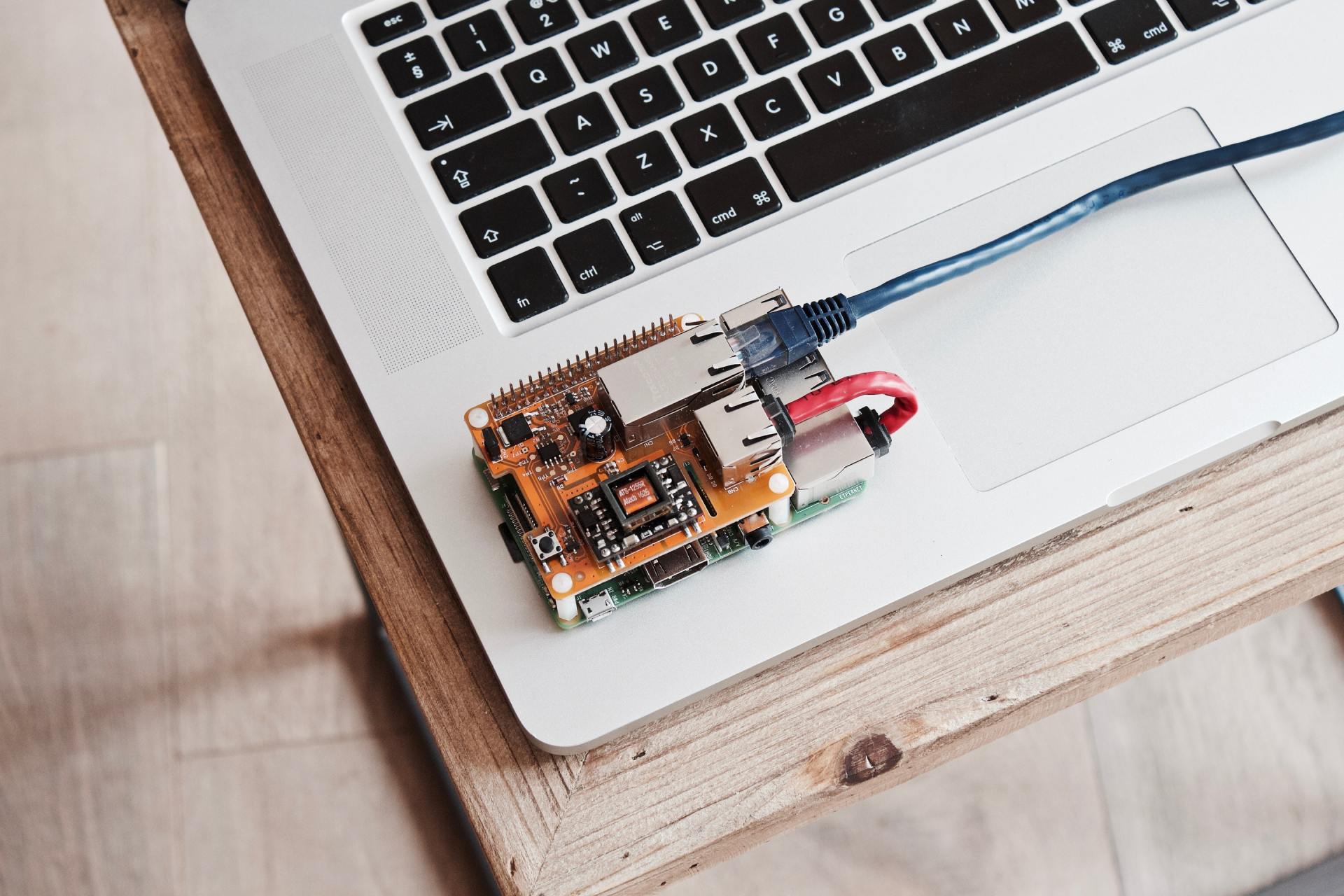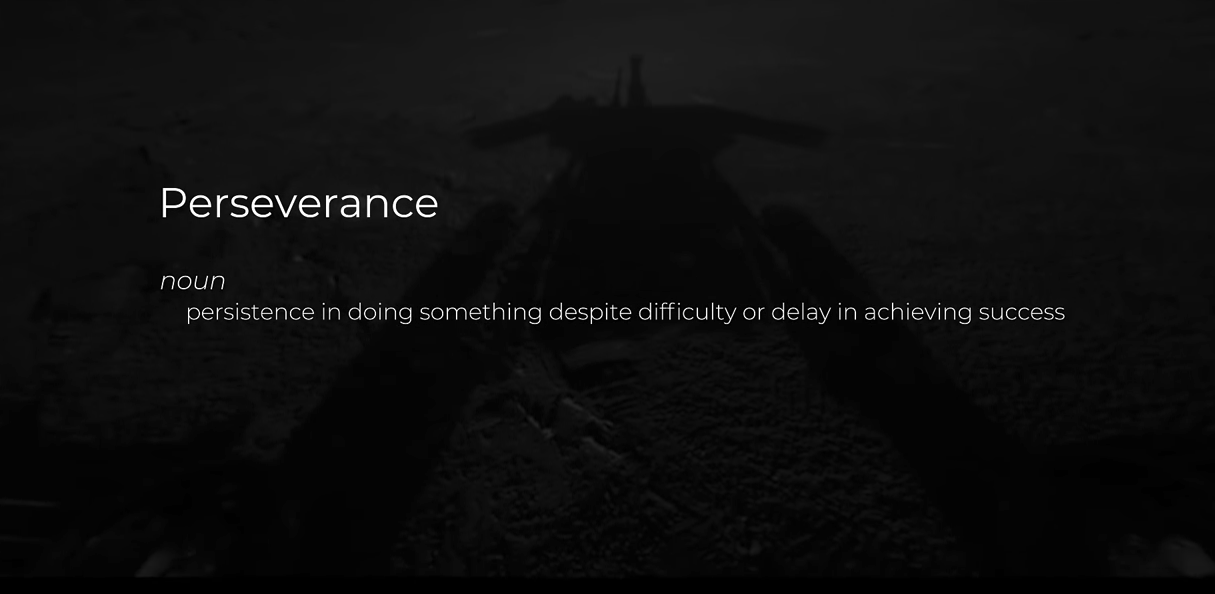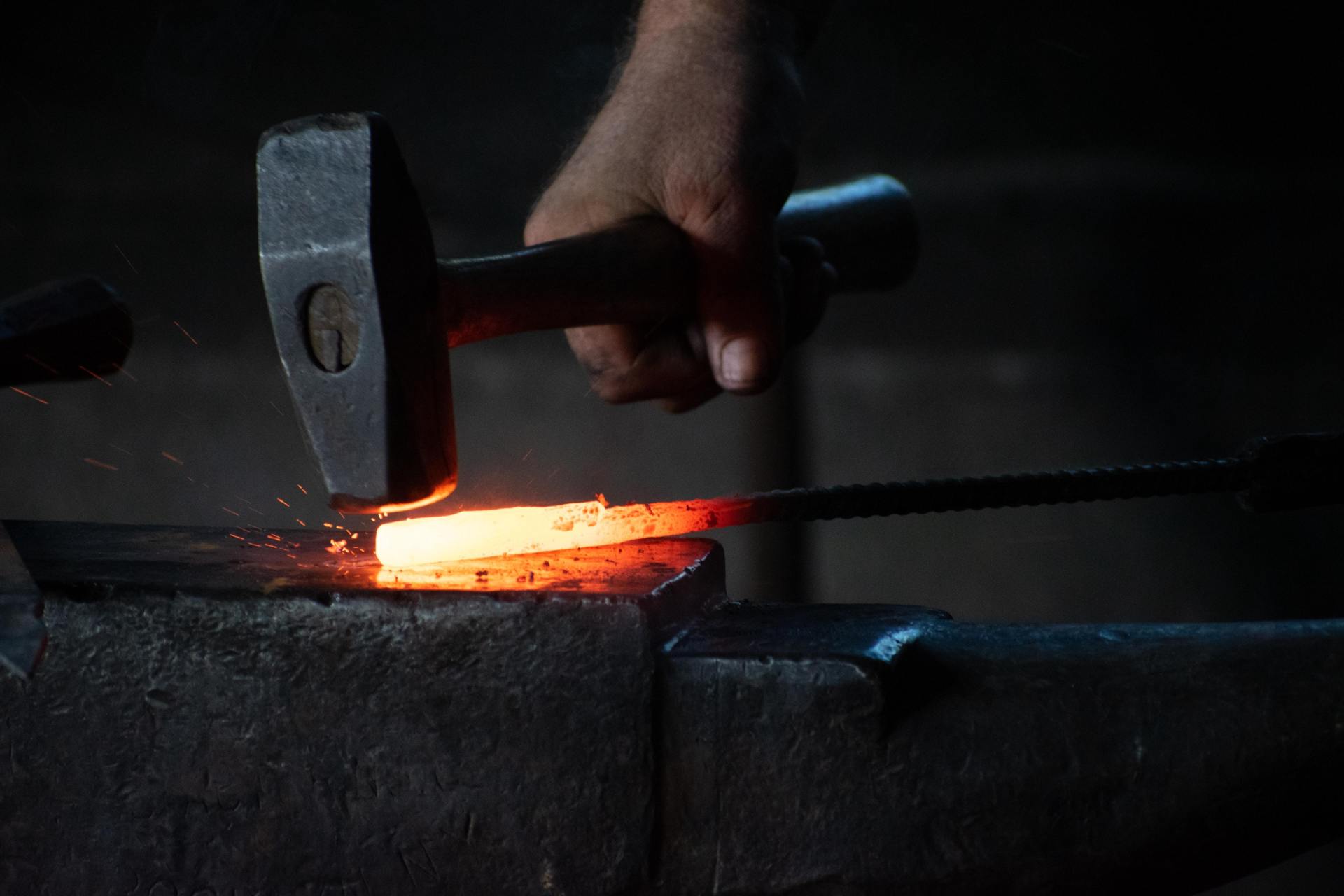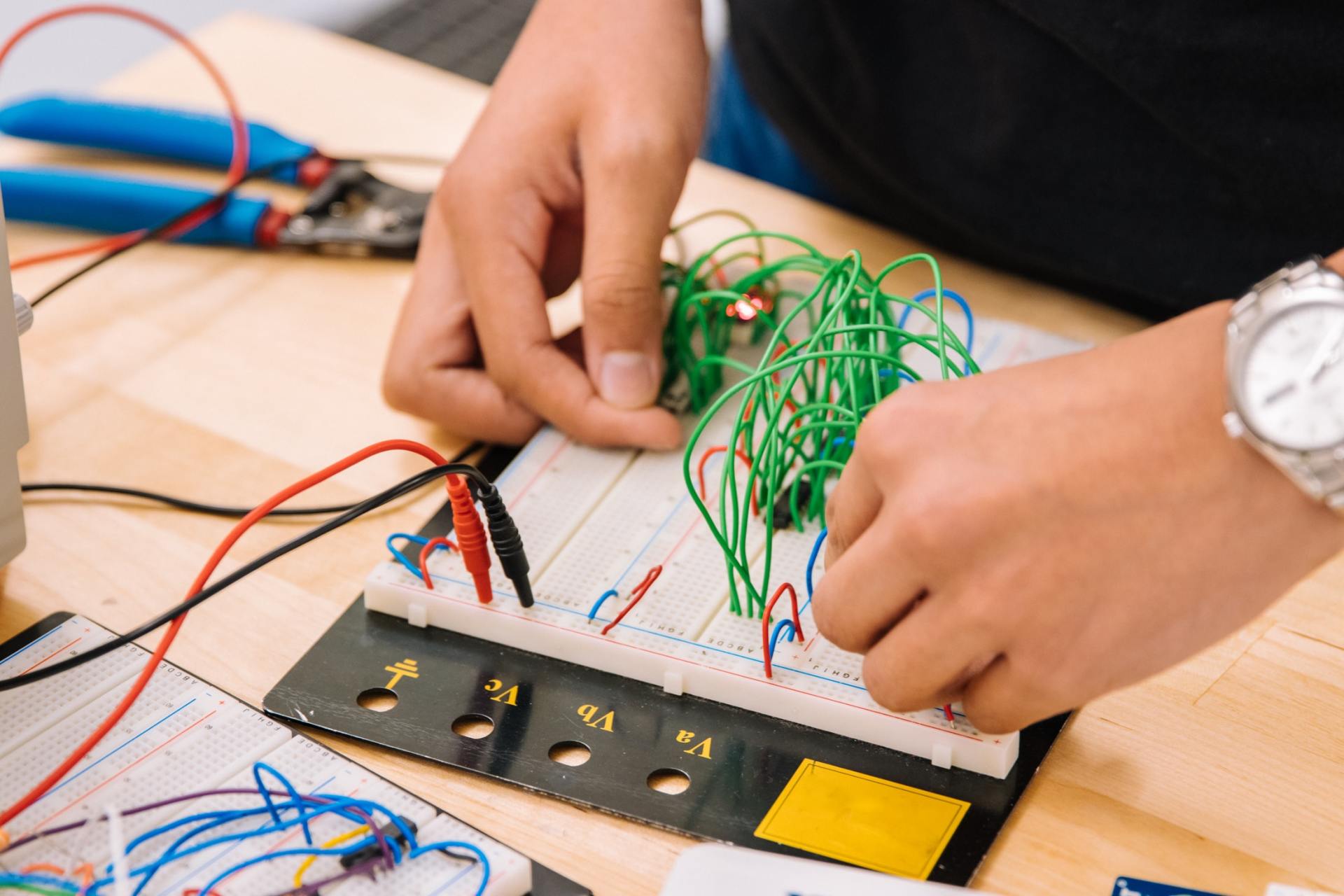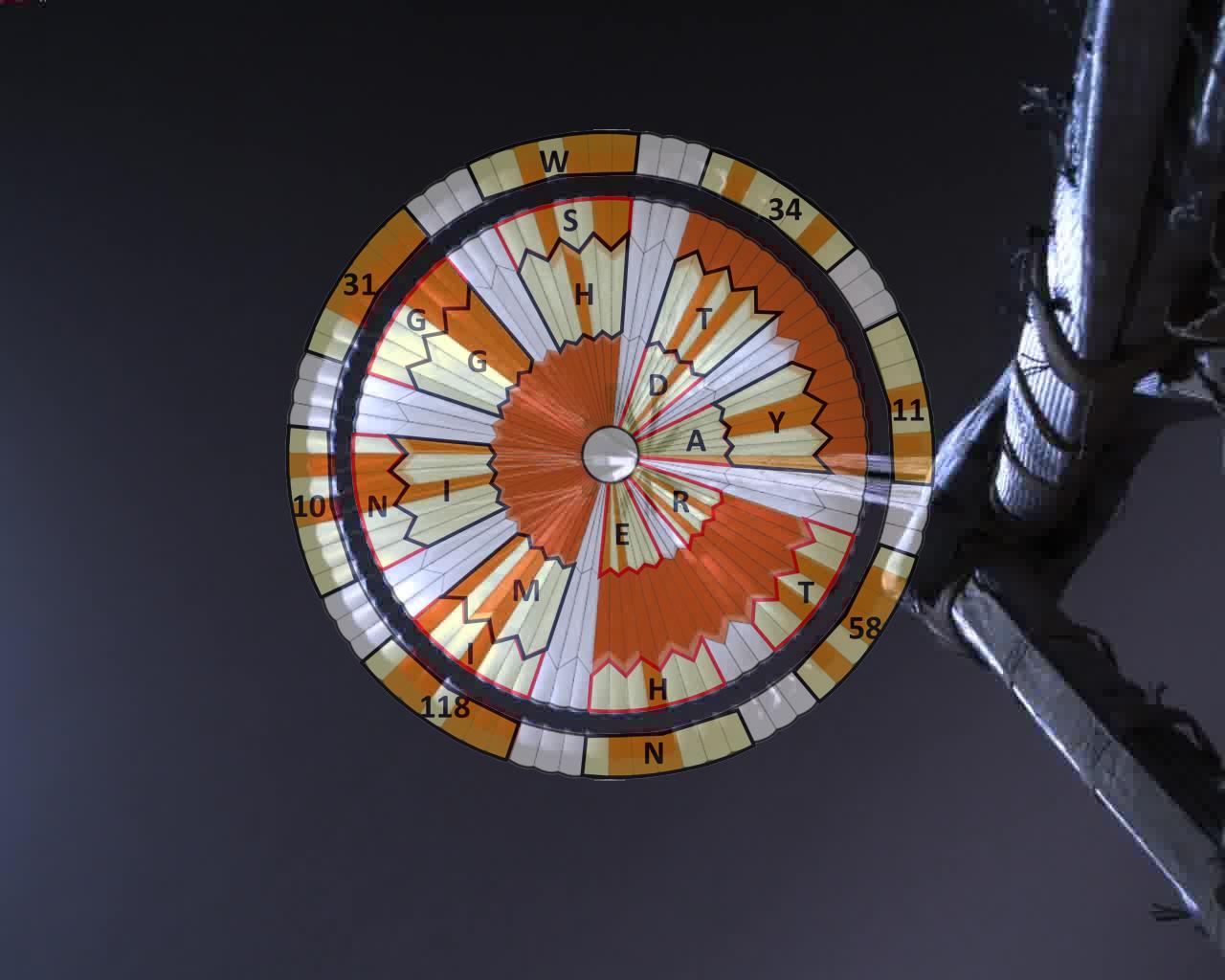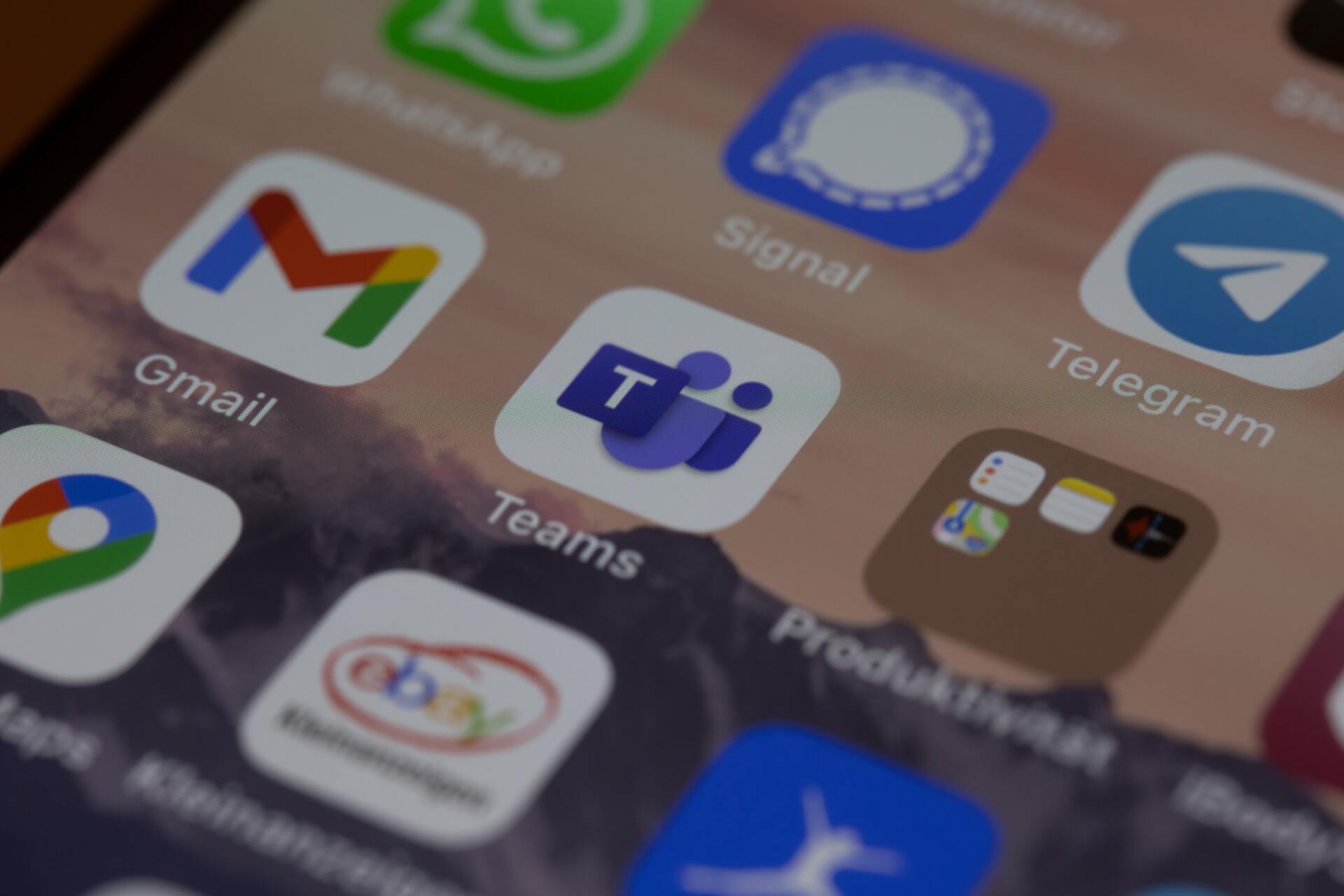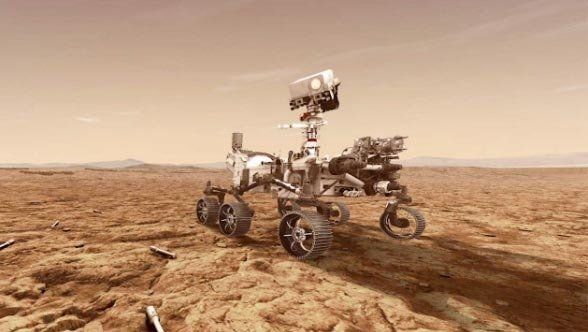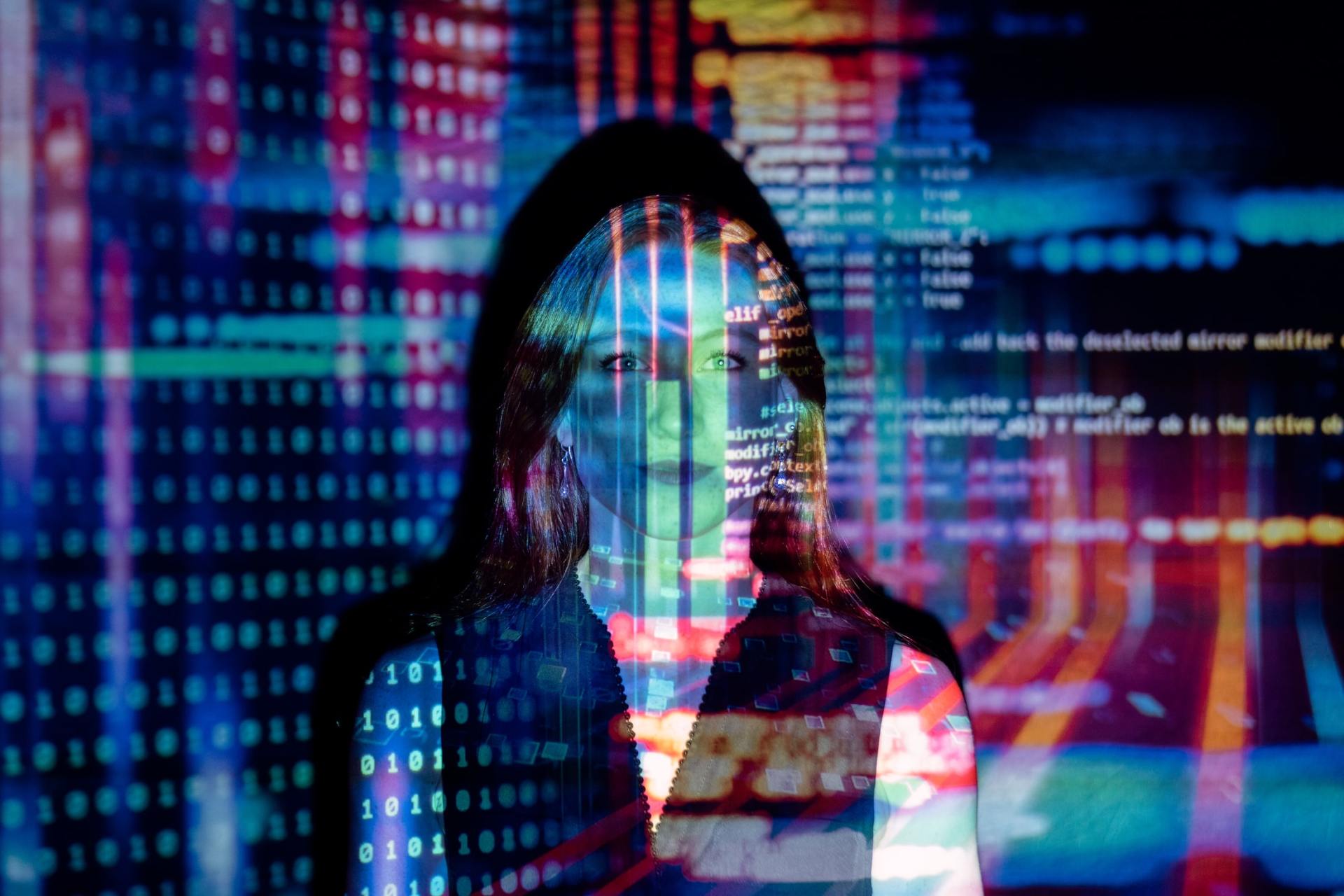Game-Based Learning
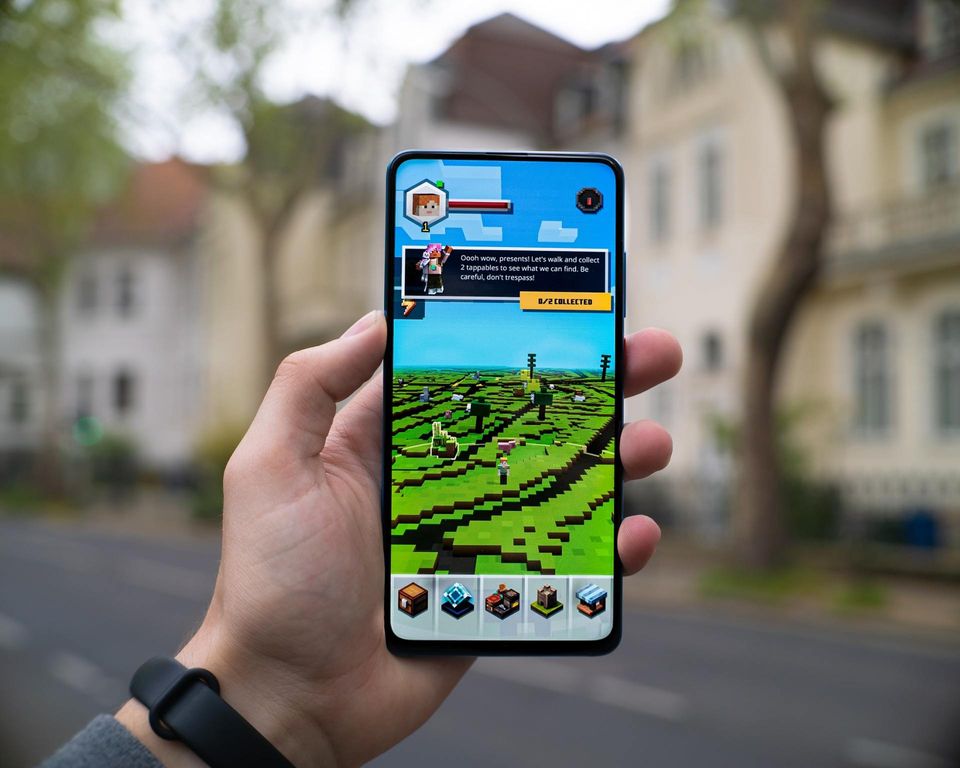
Game-Based Learning
As more and more students connect to the internet, educators at all levels, from primary to secondary to universities, are increasingly interested in using learning games for both classroom teaching and online learning to impact learning cognition, behavior, engagement, and social elements of education (Foster & Shah, 2020). To fully appreciate game-based learning's advantages and disadvantages, it's essential to understand the differences between gaming, gamification, and game-based learning.
How gaming, game-based learning, and gamification approaches are different
Gaming theory builds on the premise that participants may earn a reward if they win the game. This core principle is valid for all sorts of games, from board games to video games. To promote problem-solving and skill development, educators can tap into this powerful gaming theory principle to engage students in new ways of thinking about the content. Most students like friendly competition, and games provide students with the motivation to engage and think critically about the tasks at hand.
Digital game-based learning (DGBL) uses digital games or gaming technology to promote learning, creativity, and student engagement. According to Schrum and Sumerfield (2018), educators use games in the classroom "to engage students in meaningful and complex skill acquisition" (p. 67). Instead of asking students to put their video games away, teachers are now experimenting with technology in the classroom to "support learning goals for their students with digital game-based learning opportunities" (p. 69). Minecraft Education is an excellent example of a DGBL implementation that many elementary school educators use to incorporate social learning within a digital world.
Gamification is different from game-based learning in that it incorporates the characteristics or elements of gaming and embeds them in other activities or lessons. A great example of gamification in STEM education is the FIRST Robotics program which takes the rigors of engineering design, programming, and mechanics and turns it into a sports-like season to compete against other robots to score points in a robot game to win awards. The FIRST program has generated so much excitement in STEM and robotics education that is has impacted over 680,000 students in over 110 countries worldwide in just over 30 years (FIRST, 2020).
The role of the instructor when implementing games for learning
Instructors are an essential element to manage the effectiveness of learning games. The game itself cannot create learning. Teachers ensure students understand the content and guide their thought processes to promote critical thinking. Lengyel (2020) writes, "The purpose of education is to prepare students for work in the community, and so the games built into the educational process are expected to create situations in which students learn " (p. 114).
A great example of an interactive classroom learning game was designed at Arizona State University for NASA JPL Education. The ASU Mars Education Program develops STEM lesson plans and inquiry-based curriculum for educators in K-12 settings that align with National Science Education Standards and Next Generation Science Standards (NGSS). This program's primary aim is to help teachers build a deeper level of knowledge in science and engineering (ASU Mars Education, n.d.)
The Mars Education lesson is called
Marsbound! Mission to the Red Planet, a team-based learning game where students learn how systems engineering works at NASA to design a mission to Mars. In this real-world scenario, the teacher serves a key role in helping the students navigate the game to plan and launch their mission to Mars. Students learn how the engineering design process works and engage in essential 21st-century skills such as collaboration, communication, and problem-solving.
References
ASU Mars Education Program (n.d.) STEM lessons: About our curriculum. Retrieved February 18, 2021, from https://marsed.mars.asu.edu
FIRST (2020). FIRST at a glance. Retrieved February 18, 2021, from https://www.firstinspires.org/about/at-a-glance
Foster, A., & Shah, M. (2020). Principles for advancing game-based learning in teacher education. Journal of Digital Learning in Teacher Education., 36(2), 84–95. https://doi.org/10.1080/21532974.2019.1695553
Lengyel, P. S. (2020). Can the game-based learning come? Virtual classroom in higher education of 21st century. International Journal of Emerging Technologies in Learning, 15(2), 112–126. https://doi.org/10.3991/ijet.v15i02.11521
Schrum, L., & Sumerfield, S. (2018). Learning supercharged: Digital age strategies and insights from the tech frontier. Portland, OR: International Society for Technology in Education.
TRC Vectors
